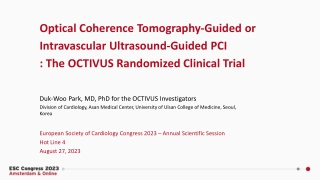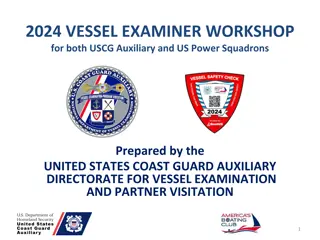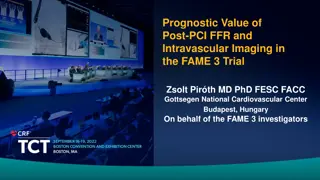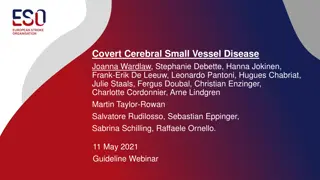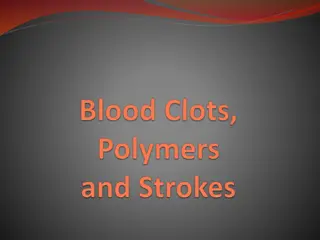Understanding Blood Vessel Leakiness Control Mechanisms
Blood vessel leakiness, a common feature in diseases like inflammation, metastasis, and viral hemorrhagic infections, is controlled by factors such as Angiopoietins and the Tie-2 pathway. Activation of Tie-2 leads to increased vessel diameter, allowing the transfer of white blood cells, while deactivation reduces cell-cell adhesion proteins. Learning these pathways could pave the way for targeted drug therapies for such conditions.
Download Presentation

Please find below an Image/Link to download the presentation.
The content on the website is provided AS IS for your information and personal use only. It may not be sold, licensed, or shared on other websites without obtaining consent from the author. Download presentation by click this link. If you encounter any issues during the download, it is possible that the publisher has removed the file from their server.
E N D
Presentation Transcript
Blood vessel leakiness how is it controlled? AKHIL GARG
Blood vessels and diffusion Inflammation Metastasis Viral hemorrhagic infections uic.edu
Blood vessels and diffusion Understanding the pathways that cause leakiness could lead to a drug that can treat those diseases uic.edu
Tie-2: Controlling Endothelial Cells Adapted from Helmutt, Nature Reviews Molecular Cell Biology 10, 165- 177
Tie-2 effects Angiopoietins activate or deactivate Tie-2 Activation: vessel diameter increases transferring white blood cells across the cell wall De-activation: reduction of cell-cell adhesion proteins
4 angiopoietins Ang-3 and Ang-4 Ang-2 Ang-1 http://www.people.vcu.edu/~wabarton/structures.html Lungs only?
Ang-4 Ang-3
Ang-4 Ang-3 What is the relative binding of each angiopoietin to Tie-2?
Surface plasmon resonance (SPR) wide angle light fired at metal surface single absorption angle due to electrons absorbing the photons energy Adapted from etheses.whiterose.ac.uk
Central Idea of SPR Vary what is on the surface, and then measure the change in SPR angle. Adapted from etheses.whiterose.ac.uk
SPR Experiment Metal surface constant: Angiopoietin Tie-2 Tie-2 Metal surface variable: Ang-1, Ang-2, Ang-3, Ang-4 etheses.whiterose.ac.uk
SPR Measurement More change in angle = Angiopoietin more binding Tie-2 etheses.whiterose.ac.uk
SPR procedure Bind Tie-2 to dextran (and add ethanolamine) Add Measure SPR reference angle Add Angiopoietin- free buffer angiopoietin solution Angiopoietin Tie-2
Example SPR curves Change in absorption angle binding constants Adapted from Himanen (2004), Nature Neuroscience 7: 501-509
Ang-4 Ang-3 What is the relative binding of each angiopoietin to Tie-2?
What is the relative binding of each angiopoietin to Tie-2? What is the cellular effect of Ang-4? laughingmantis.com What is the in vivo effect of Ang-4? Wikimedia


